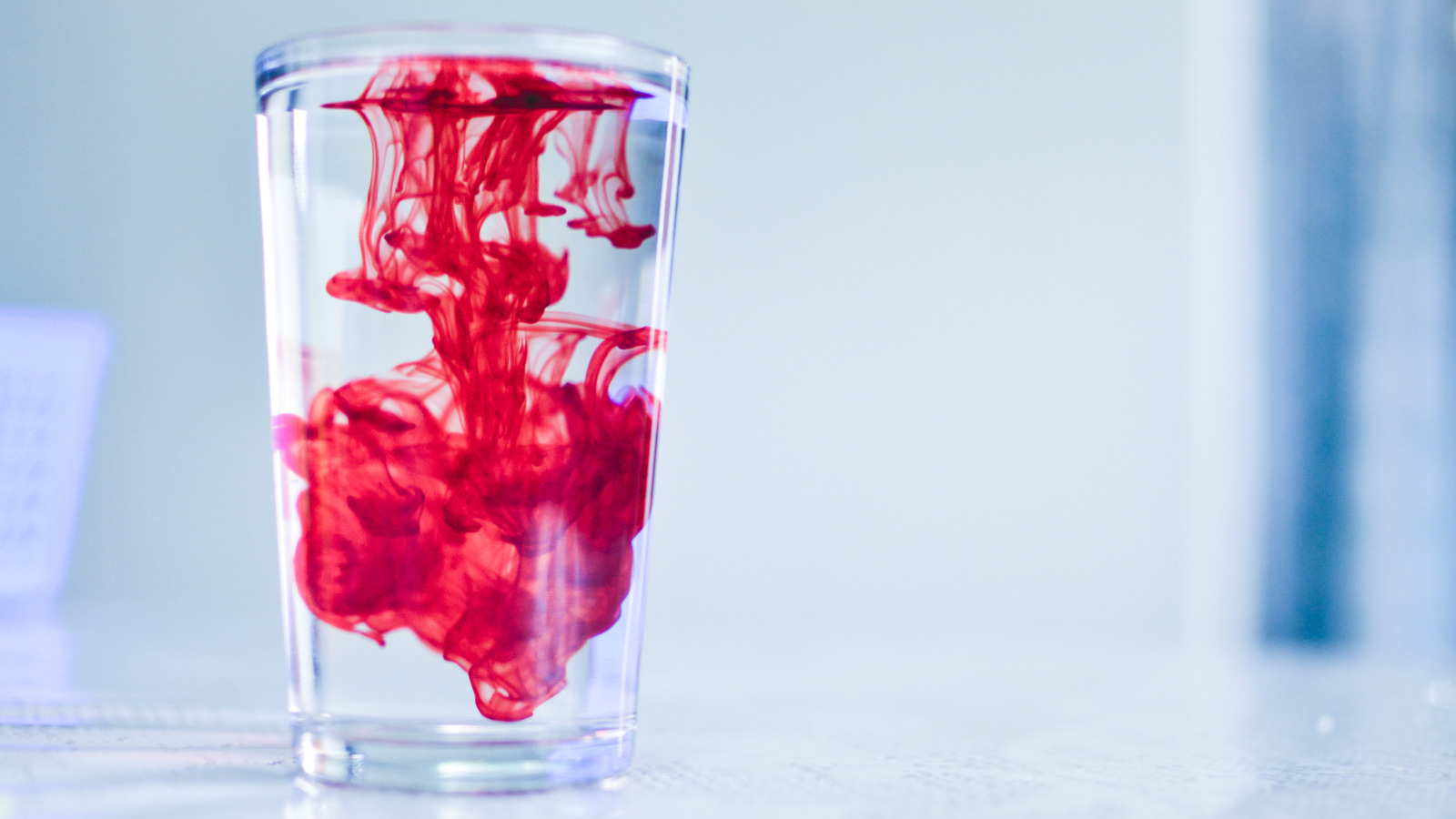
"Red 40 is a water-soluble dye synthesized from petroleum that easily dissolves in water, making it ideal for use in liquid-based foods and drinks."
"Red 40 lake is created by binding the dye to an insoluble mineral salt, which makes it a stable powder used primarily in candy and gum."
"The distinction between red 40 and red 40 lake affects color, consistency, and shelf life, though consumers often lack awareness of these differences."
"Historically, cooks used various natural pigments like beet juice, but these early colorings were unreliable due to instability under light and heat."
Red 40 is a water-soluble dye derived from petroleum, typically used in liquid foods and beverages due to its ability to dissolve easily. Red 40 lake, however, is an insoluble variant formed by binding the dye to an aluminum mineral salt, primarily utilized in solid items like candy and gum. Manufacturers select between these based on desired color behavior and stability in products. Historically, cooks resorted to natural pigments like beet juice, which presented challenges due to their instability under varying environmental conditions.
Read at Tasting Table
Unable to calculate read time
Collection
[
|
...
]